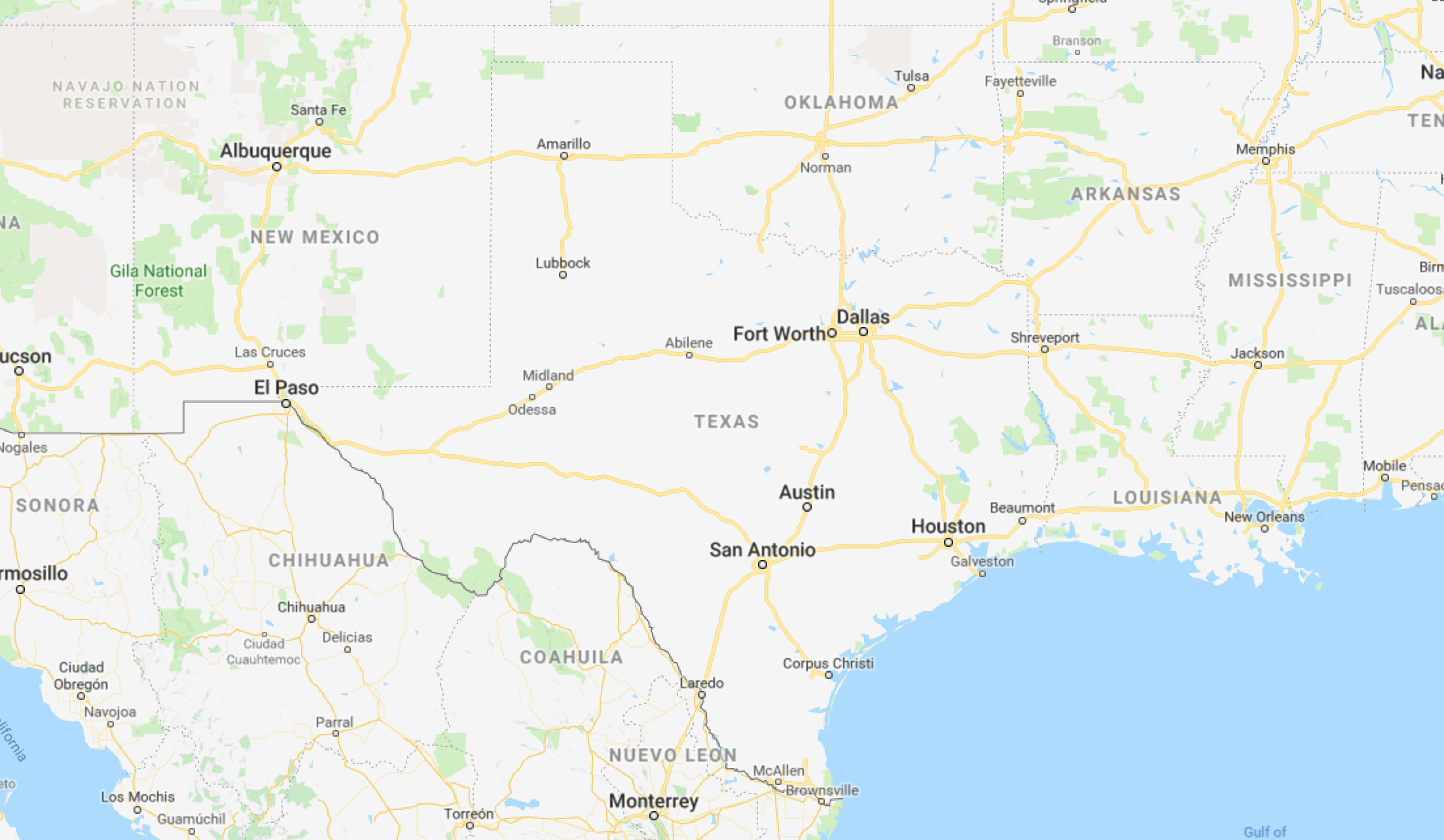
ATHENS, Texas – Bass clubs and organizations nationwide who are interested in improving habitat in their home fisheries are invited to send a representative to the 9th annual Reservoir Fisheries Habitat Partnership Meeting Oct. 6-7 at the Texas Freshwater Fisheries Center here.
“People from all over the country are coming, and they can sign up right until the deadline,” said Dave Terre, Chief of Fisheries Management and Research for Texas Parks and Wildlife Department (TPWD), as well as president of the Friends of Reservoirs (FOR) Foundation.
“We are targeting conservation-minded groups like fishing clubs, master naturalist groups, lakeside homeowner’s associations, high school fishing teams, conservation organizations and virtually any public group that is interested in working with us to improve fishing or habitat for fish in public lakes,” he added.
Right now, FOR has 78 affiliated chapters and groups in 26 states. A primary objective of this meeting is to grow membership in this tax-deductible, non-profit foundation that is a part of the partnership.
Growth means more and better habitat for the nation’s aging reservoirs, as FOR members build and place habitat, network and share information, benefit from grants and tax-deductible donations, and establish partnerships with state agencies.
“And those partnerships go way beyond specific habitat projects,” Terre said. “They help establish relationships. They help us with fish care and angler education.
“FOR chapters provide us with a voice for our mission (improve habitat).”
Right now, Texas is at the FOR front with 24 member groups. One of those, the Lake Fork Sportsman’s Association, was inducted into the Texas Freshwater Fishing Hall of Fame in 2018, while another, the Lake Livingston Friends of Reservoirs, was designated as a Conservation Wrangler by Texan By Nature in 2017.
Additionally, Illinois and Pennsylvania have more than a half dozen each. One of the most recent is the Lake Shelbyville Habitat Alliance, formed to provide much needed habitat help for Illinois’ second largest reservoir and one of the state’s most important recreational waters. Sedimentation, erosion and aging have led to the loss of much of the original habitat for this fishery that is nearly a half-century old.
“The big question is why more states aren’t involved,” the Texas fisheries chief said. “This provides a common platform.”
In Texas, FOR chapters and TPWD biologists have worked together to place GPS-marked natural and artificial fish attractors to increase angler catch rates, as well as planted shoreline vegetation to provide habitat, improve water quality and diminish shoreline erosion.
“Friends of Reservoirs chapters are essential to making these projects happen by fundraising and recruiting volunteers to help assemble, haul and drop fish attractors in the lake and plant native vegetation along the shoreline,” TPWD said.
It added, “Fisheries biologists can’t do these large-scale projects alone. They rely on Friends of Reservoirs partners to help make Texas fishing the best it can be.”
Plus, the grants that these groups can obtain through FOR are vital as well. “Currently we are putting about $40,000 per year of state dollars into these types of projects, plus whatever we can get from partnerships and Friends of Reservoirs,” Terre explained.
A largemouth bass license plate is a primary funding source for the state, he added, and he will explain the program during the October meeting.
Representatives of several of those Lone Star State groups also will talk about their work at the two-day event. Arkansas, Illinois, Iowa, Kansas, New Mexico, and Utah will be represented too.
Additionally, attendees will learn about funding, permitting, types of structure (artificial and manmade), nuisance aquatic vegetation, sedimentation, nutrient control and shoreline stabilization.
Those who want to attend should contact Terre at dave.terre@tpwd.texas.gov or (512) 389-4855.
Groups who can’t attend but want to know more can check out the Friends of Reservoirs and Reservoir Fisheries Habitat Partnership websites.





